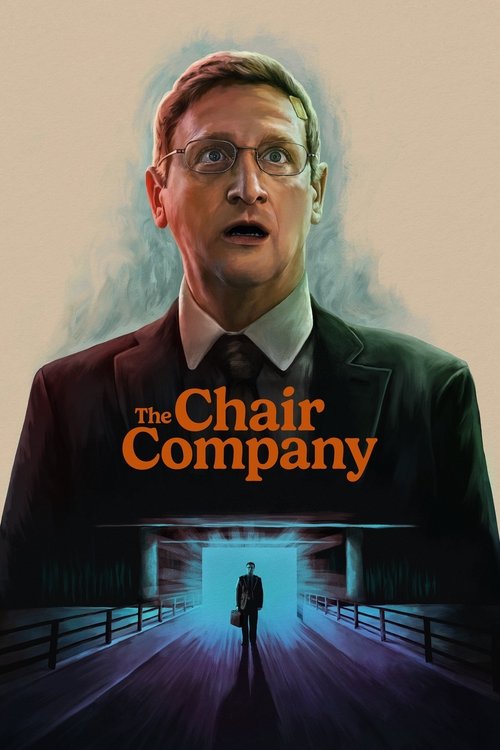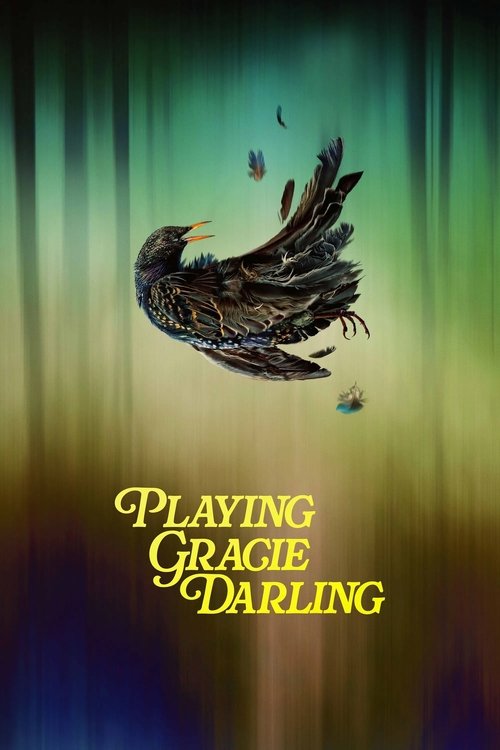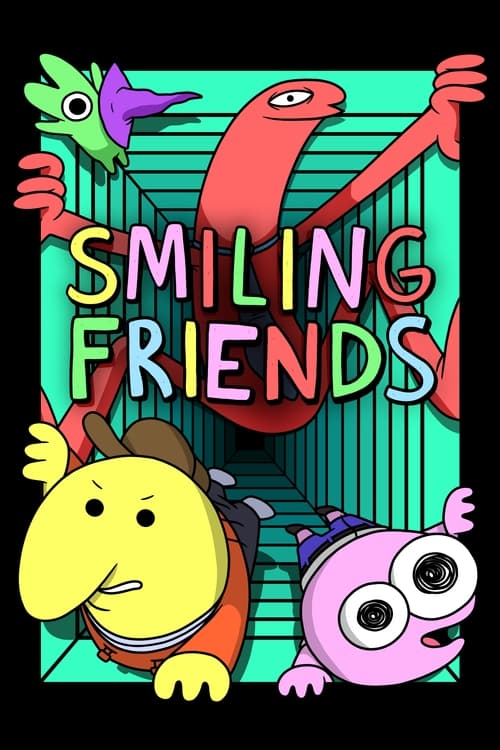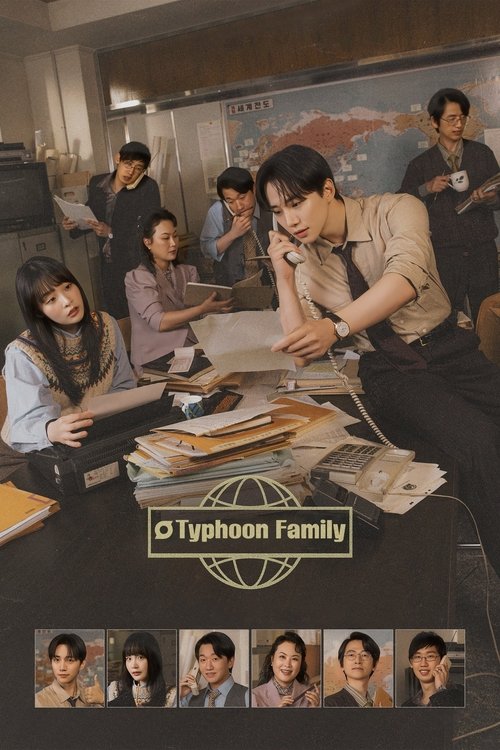
Ask Your Own Question
What is the plot?
In the opening scenes of "The Great War," season 1, titled "1914 - Europe Goes To War," the narrative sets the stage for the complex political landscape of Europe in the early 20th century. The episode begins with a montage of various European nations, showcasing their military parades, industrial advancements, and the growing tensions among them. The viewer is introduced to key players, including leaders and military officials, who are depicted in their respective capitals, discussing the rising threat of nationalism and militarism.
As the story unfolds, the assassination of Archduke Franz Ferdinand of Austria-Hungary in June 1914 becomes a pivotal moment. The episode details the events leading up to the assassination, including the involvement of the Black Hand, a nationalist group. The emotional weight of the assassination is highlighted through the reactions of various characters, including Serbian nationalists who view it as a victory, and Austro-Hungarian officials who see it as a direct threat to their empire.
Following the assassination, Austria-Hungary's leaders, particularly Foreign Minister Count Leopold Berchtold, deliberate on how to respond. They decide to issue an ultimatum to Serbia, which is presented as a means to assert their power and quell rising nationalism. The episode captures the tension in the Austro-Hungarian court, showcasing the internal conflicts among officials about the potential consequences of war.
Serbia's response to the ultimatum is depicted with a sense of urgency. The Serbian government, led by Prime Minister Nikola Pašić, attempts to comply with most of the demands but ultimately rejects some key points. This rejection escalates tensions, and Austria-Hungary, feeling humiliated, prepares for military action. The emotional turmoil of the Serbian leaders is palpable as they grapple with the impending threat of war.
As Austria-Hungary declares war on Serbia on July 28, 1914, the episode illustrates the rapid chain reaction that follows. Russia, bound by its Slavic ties to Serbia, begins to mobilize its forces. The narrative shifts to the Russian leadership, particularly Tsar Nicholas II, who is torn between his desire for peace and the pressure to support Serbia. The emotional conflict within the Russian court is depicted, highlighting the fear of losing influence in the Balkans.
Germany's involvement is introduced as they support Austria-Hungary, viewing the conflict as an opportunity to assert their dominance in Europe. The episode details the conversations between Kaiser Wilhelm II and his military advisors, who advocate for a swift and decisive action against Russia. The internal motivations of the German leadership reveal a mix of ambition and fear of encirclement by rival powers.
As the situation escalates, Germany issues an ultimatum to Belgium, demanding passage for their troops to invade France. The episode captures the tension in Belgium, where King Albert I and his advisors are faced with the dilemma of neutrality versus the threat of invasion. The emotional stakes are high as they realize the implications of their decision on the lives of their citizens.
On August 1, 1914, Germany declares war on Russia, and the episode portrays the chaos that ensues across Europe. The mobilization of troops is depicted with vivid imagery of soldiers preparing for battle, families saying goodbye, and the palpable sense of fear and uncertainty among the populace. The emotional weight of these moments is emphasized through personal stories of soldiers and their families.
As Germany invades Belgium on August 4, 1914, the episode showcases the brutal realities of war. The Belgian resistance is depicted through intense scenes of combat, highlighting the courage of the Belgian soldiers and the devastation wrought by the German advance. The emotional impact on civilians is also portrayed, with families fleeing their homes and the destruction of towns.
The episode concludes with the declaration of war by Britain on Germany, following the violation of Belgian neutrality. The emotional turmoil in Britain is captured through the reactions of the public and government officials, who are torn between a sense of duty and the horror of the impending conflict. The final scenes depict the widespread mobilization of British forces, setting the stage for the global conflict that is about to unfold.
What is the ending?
In the ending of "The Great War," season 1, titled "1914 - Europe Goes To War," the episode culminates in the outbreak of World War I. The tensions that have been building throughout the summer of 1914 finally erupt into conflict as nations mobilize their armies. The episode closes with a sense of foreboding, highlighting the uncertainty and fear that accompany the onset of war.
As the episode unfolds, we see the final days of peace in Europe. The scene opens in early July 1914, where various leaders and diplomats are engaged in tense discussions, trying to navigate the complex web of alliances and rising nationalism. The atmosphere is thick with anxiety, as the assassination of Archduke Franz Ferdinand has set off a chain reaction of events.
In the following scenes, we witness the reactions of different countries to the assassination. Austria-Hungary, feeling threatened and humiliated, decides to take a hard stance against Serbia, issuing an ultimatum that is deliberately harsh. The Serbian response, while conciliatory, is not enough to satisfy Austria-Hungary, which leads to a declaration of war.
As the news spreads, we see the emotional turmoil of the characters involved. Families are torn apart as young men prepare to leave for war, filled with a mix of patriotism and dread. The camera captures the faces of soldiers, their expressions a blend of excitement and fear, as they say goodbye to their loved ones. The emotional weight of these farewells is palpable, underscoring the personal cost of the impending conflict.
The narrative then shifts to the broader European landscape, where nations begin to mobilize. The scene is filled with the sounds of marching troops, the clattering of equipment, and the distant rumble of artillery. The visuals are striking, with vast columns of soldiers moving in unison, banners waving, and the air thick with the tension of impending battle.
As the episode progresses, we see the leaders of Germany, Russia, and France making their decisions, each driven by a mix of national pride and fear of being left vulnerable. The internal struggles of these leaders are depicted through their conversations and the weight of their decisions, showcasing their motivations and the pressures they face from their respective nations.
The climax of the episode arrives with the formal declarations of war. The screen fills with images of newspapers announcing the outbreak of war, and the sound of church bells tolling in mourning. The emotional impact is heightened as we see the reactions of ordinary citizens, some cheering for their countries, while others are filled with dread and uncertainty about the future.
In the final moments, the camera pans over the chaotic scenes of mobilization, capturing the stark contrast between the initial excitement of war and the underlying fear of what is to come. The episode closes with a haunting sense of inevitability, as the characters and the audience are left to grapple with the reality that the world has irrevocably changed.
The fates of the main characters are left uncertain, as the episode ends on a note of tension and anticipation. The viewer is left to ponder the impact of the war on their lives, relationships, and the world at large, setting the stage for the unfolding tragedy of the Great War.
Is there a post-credit scene?
The Great War, season 1 titled "1914 - Europe Goes To War," does not feature a post-credit scene. The episode concludes with a powerful summary of the events leading up to the outbreak of World War I, emphasizing the tension and the complex web of alliances that ultimately led to the conflict. The focus remains on the historical narrative and the emotional weight of the impending war, leaving viewers with a sense of foreboding about the consequences of the decisions made by the leaders of the time. The episode wraps up without any additional scenes or content after the credits.
What events led to the assassination of Archduke Franz Ferdinand?
The assassination of Archduke Franz Ferdinand, heir to the Austro-Hungarian throne, was a pivotal moment that ignited World War I. The episode details the political tensions in Europe, particularly the rising nationalism in the Balkans and the complex web of alliances. It focuses on the actions of Gavrilo Princip, a member of the nationalist group known as the Black Hand, who believed that killing the Archduke would help liberate Slavic peoples from Austro-Hungarian rule. The episode vividly portrays the atmosphere in Sarajevo on June 28, 1914, the day of the assassination, capturing the tension and the fateful moment when Princip fired the shots that would change the course of history.
How did the various nations respond to the assassination of Franz Ferdinand?
Following the assassination of Franz Ferdinand, the episode illustrates the rapid escalation of tensions among European powers. Austria-Hungary, feeling threatened, issued an ultimatum to Serbia, which was seen as a direct challenge. The episode captures the urgency and fear among leaders as they navigate their alliances. Russia mobilized in defense of Serbia, while Germany supported Austria-Hungary, leading to a domino effect of mobilizations and declarations of war. The emotional weight of these decisions is palpable, as leaders grapple with the consequences of their actions, fearing the outbreak of a larger conflict.
What role did propaganda play in the early stages of the war?
The episode delves into the use of propaganda by various nations as they prepared for war. It highlights how governments utilized media to shape public opinion and rally support for the war effort. Posters, speeches, and news articles are shown as tools to demonize the enemy and glorify national pride. The emotional impact on the populace is explored, showcasing how propaganda fueled a sense of duty and patriotism, while also instilling fear and hatred towards opposing nations. The episode emphasizes the psychological warfare that accompanied the physical battles.
What were the initial military strategies employed by the major powers?
In the early stages of the war, the episode outlines the military strategies of the major powers, focusing on the Schlieffen Plan employed by Germany, which aimed for a quick victory by invading France through Belgium. The episode details the logistical challenges and the unexpected resistance faced by German forces. Meanwhile, France's strategy of offensive maneuvers and Britain's naval blockade are also examined. The emotional stakes are high as military leaders express their hopes and fears about the effectiveness of their strategies, setting the stage for the brutal realities of trench warfare.
How did the declaration of war affect the lives of ordinary citizens?
The episode poignantly illustrates the impact of the declaration of war on ordinary citizens across Europe. It captures scenes of families saying goodbye to loved ones, the excitement and fear in the streets, and the initial sense of adventure that many young men felt as they enlisted. However, it also foreshadows the grim realities that would soon follow. The emotional turmoil of separation, the uncertainty of the future, and the societal changes brought about by the war are depicted through personal stories, highlighting the human cost of the conflict.
Is this family friendly?
The Great War, season 1 titled "1914 - Europe Goes To War," while educational and historically significant, contains several elements that may be objectionable or upsetting for children or sensitive viewers.
-
Graphic War Imagery: The series includes depictions of battlefields, soldiers in combat, and the aftermath of battles, which can be intense and distressing.
-
Casualties and Death: There are scenes that show the impact of war on soldiers and civilians, including injuries and fatalities, which may be emotionally challenging to watch.
-
Emotional Strain: The series explores the psychological effects of war on individuals and families, showcasing grief, fear, and trauma, which could be heavy for younger audiences.
-
Historical Context of Violence: The narrative discusses the reasons behind the war and the political tensions leading up to it, which may include discussions of betrayal, aggression, and the harsh realities of conflict.
-
Suffering of Civilians: The impact of war on non-combatants, including displacement and loss, is portrayed, which can evoke strong emotional responses.
These elements may require parental guidance for younger viewers to help contextualize the historical events and manage emotional reactions.











